Natalio Krasnogor
University of Nottingham
Towards a Molecular Computer: Enabling Arithmetic Operations in Molecular Communication
Feb 27, 2025Abstract:In current molecular communication (MC) systems, performing computational operations at the nanoscale remains challenging, restricting their applicability in complex scenarios such as adaptive biochemical control and advanced nanoscale sensing. To overcome this challenge, this paper proposes a novel framework that seamlessly integrates computation into the molecular communication process. The system enables arithmetic operations, namely addition, subtraction, multiplication, and division, by encoding numerical values into two types of molecules emitted by each transmitter to represent positive and negative values, respectively. Specifically, addition is achieved by transmitting non-reactive molecules, while subtraction employs reactive molecules that interact during propagation. The receiver demodulates molecular counts to directly compute the desired results. Theoretical analysis for an upper bound on the bit error rate (BER), and computational simulations confirm the system's robustness in performing complex arithmetic tasks. Compared to conventional MC methods, the proposed approach not only enables fundamental computational operations at the nanoscale but also lays the groundwork for intelligent, autonomous molecular networks.
AREA: Adaptive Reference-set Based Evolutionary Algorithm for Multiobjective Optimisation
Oct 15, 2019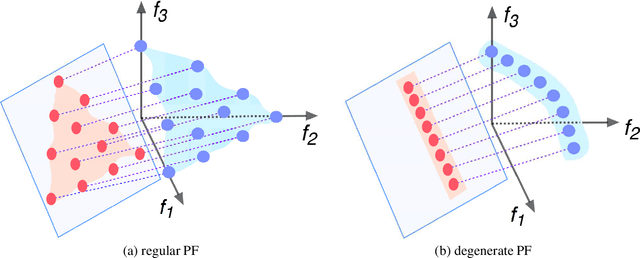

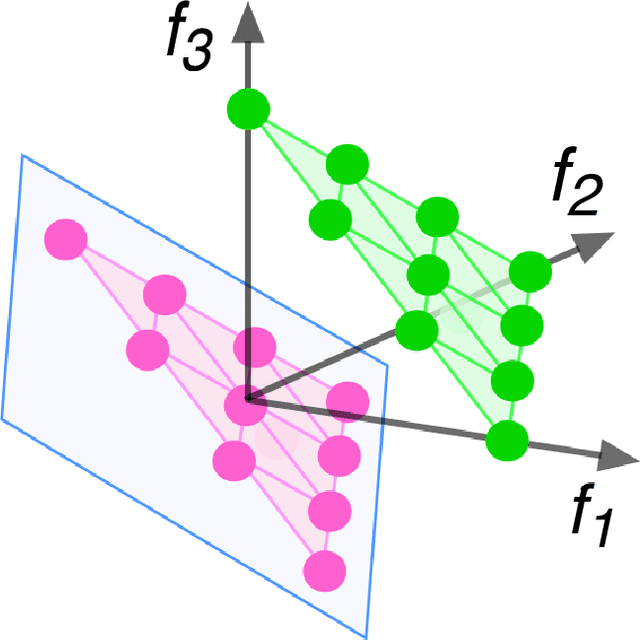

Abstract:Population-based evolutionary algorithms have great potential to handle multiobjective optimisation problems. However, these algorithms depends largely on problem characteristics, and there is a need to improve their performance for a wider range of problems. References, which are often specified by the decision maker's preference in different forms, are a very effective method to improve the performance of algorithms but have not been fully explored in literature. This paper proposes a novel framework for effective use of references to strengthen algorithms. This framework considers references as search targets which can be adjusted based on the information collected during the search. The proposed framework is combined with new strategies, such as reference adaptation and adaptive local mating, to solve different types of problems. The proposed algorithm is compared with state of the arts on a wide range of problems with diverse characteristics. The comparison and extensive sensitivity analysis demonstrate that the proposed algorithm is competitive and robust across different types of problems studied in this paper.
A Scalable Test Suite for Continuous Dynamic Multiobjective Optimisation
Mar 06, 2019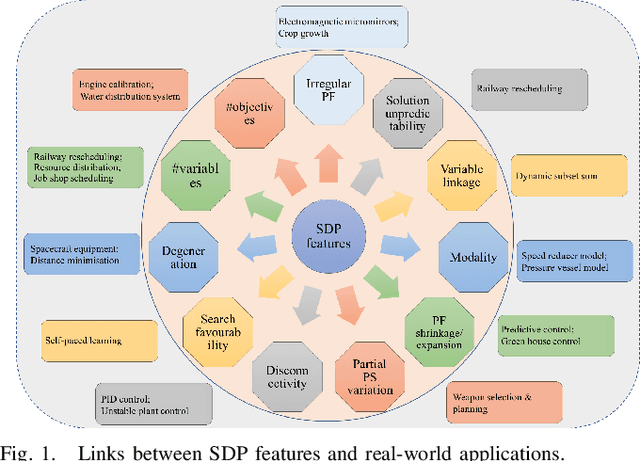
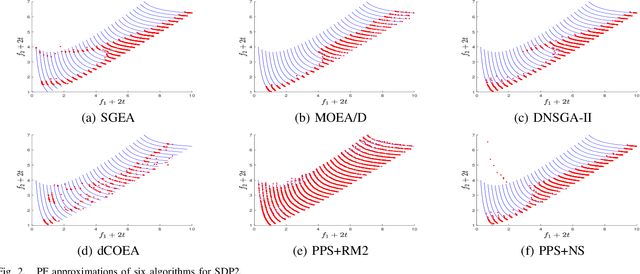
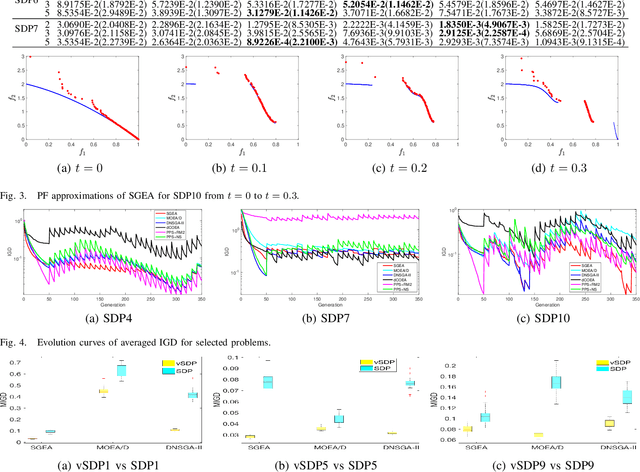

Abstract:Dynamic multiobjective optimisation has gained increasing attention in recent years. Test problems are of great importance in order to facilitate the development of advanced algorithms that can handle dynamic environments well. However, many of existing dynamic multiobjective test problems have not been rigorously constructed and analysed, which may induce some unexpected bias when they are used for algorithmic analysis. In this paper, some of these biases are identified after a review of widely used test problems. These include poor scalability of objectives and, more importantly, problematic overemphasis of static properties rather than dynamics making it difficult to draw accurate conclusion about the strengths and weaknesses of the algorithms studied. A diverse set of dynamics and features is then highlighted that a good test suite should have. We further develop a scalable continuous test suite, which includes a number of dynamics or features that have been rarely considered in literature but frequently occur in real life. It is demonstrated with empirical studies that the proposed test suite is more challenging to the dynamic multiobjective optimisation algorithms found in the literature. The test suite can also test algorithms in ways that existing test suites can not.
* 19 pages, 22 figures and 7 tables
Exploring Programmable Self-Assembly in Non-DNA based Molecular Computing
Sep 25, 2013
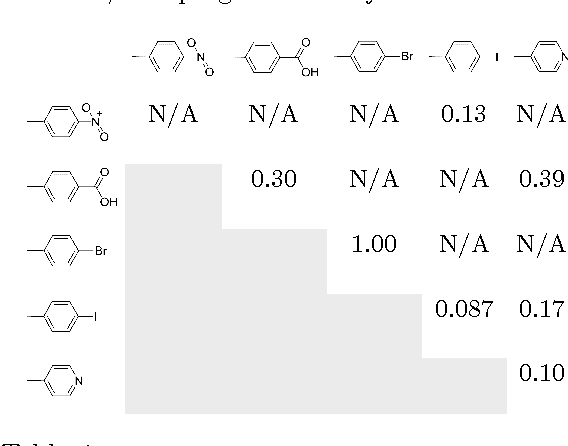
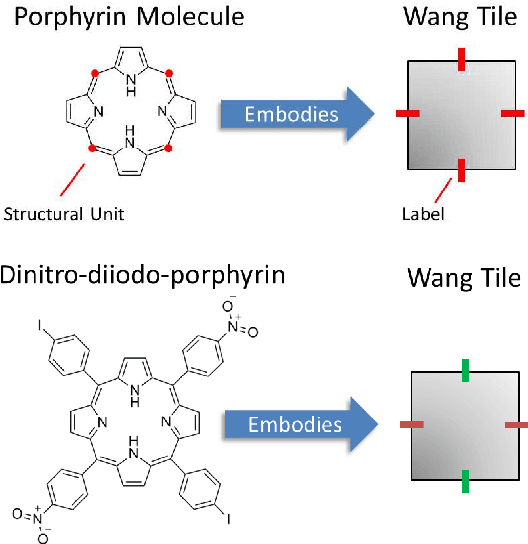
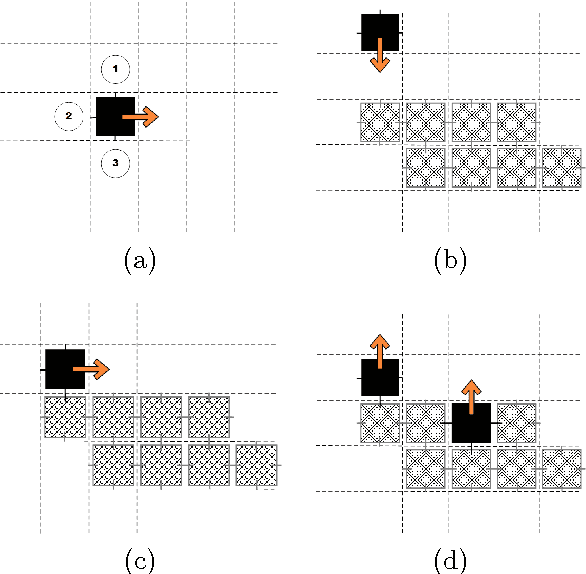
Abstract:Self-assembly is a phenomenon observed in nature at all scales where autonomous entities build complex structures, without external influences nor centralised master plan. Modelling such entities and programming correct interactions among them is crucial for controlling the manufacture of desired complex structures at the molecular and supramolecular scale. This work focuses on a programmability model for non DNA-based molecules and complex behaviour analysis of their self-assembled conformations. In particular, we look into modelling, programming and simulation of porphyrin molecules self-assembly and apply Kolgomorov complexity-based techniques to classify and assess simulation results in terms of information content. The analysis focuses on phase transition, clustering, variability and parameter discovery which as a whole pave the way to the notion of complex systems programmability.
Towards the Design of Heuristics by Means of Self-Assembly
Jun 09, 2010
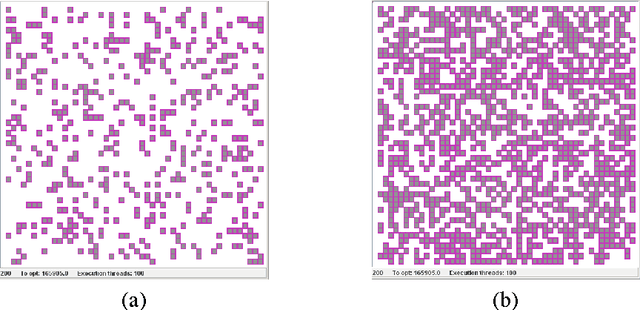
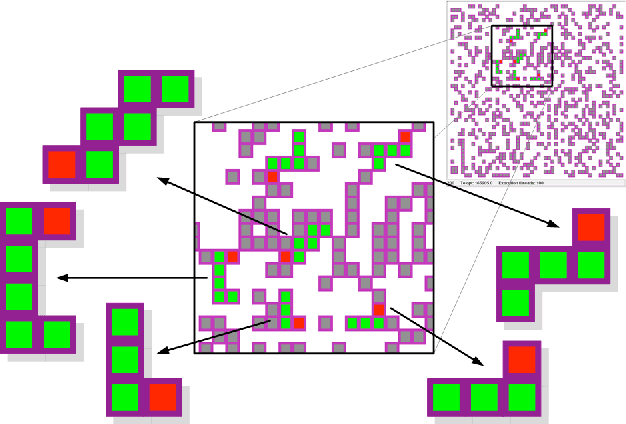
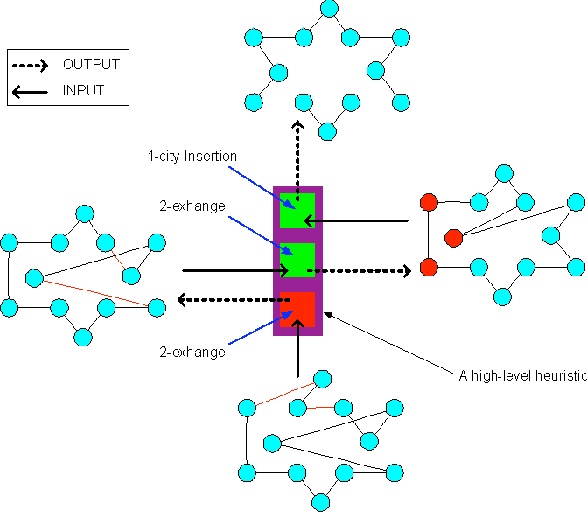
Abstract:The current investigations on hyper-heuristics design have sprung up in two different flavours: heuristics that choose heuristics and heuristics that generate heuristics. In the latter, the goal is to develop a problem-domain independent strategy to automatically generate a good performing heuristic for the problem at hand. This can be done, for example, by automatically selecting and combining different low-level heuristics into a problem specific and effective strategy. Hyper-heuristics raise the level of generality on automated problem solving by attempting to select and/or generate tailored heuristics for the problem at hand. Some approaches like genetic programming have been proposed for this. In this paper, we explore an elegant nature-inspired alternative based on self-assembly construction processes, in which structures emerge out of local interactions between autonomous components. This idea arises from previous works in which computational models of self-assembly were subject to evolutionary design in order to perform the automatic construction of user-defined structures. Then, the aim of this paper is to present a novel methodology for the automated design of heuristics by means of self-assembly.
 Add to Chrome
Add to Chrome Add to Firefox
Add to Firefox Add to Edge
Add to Edge